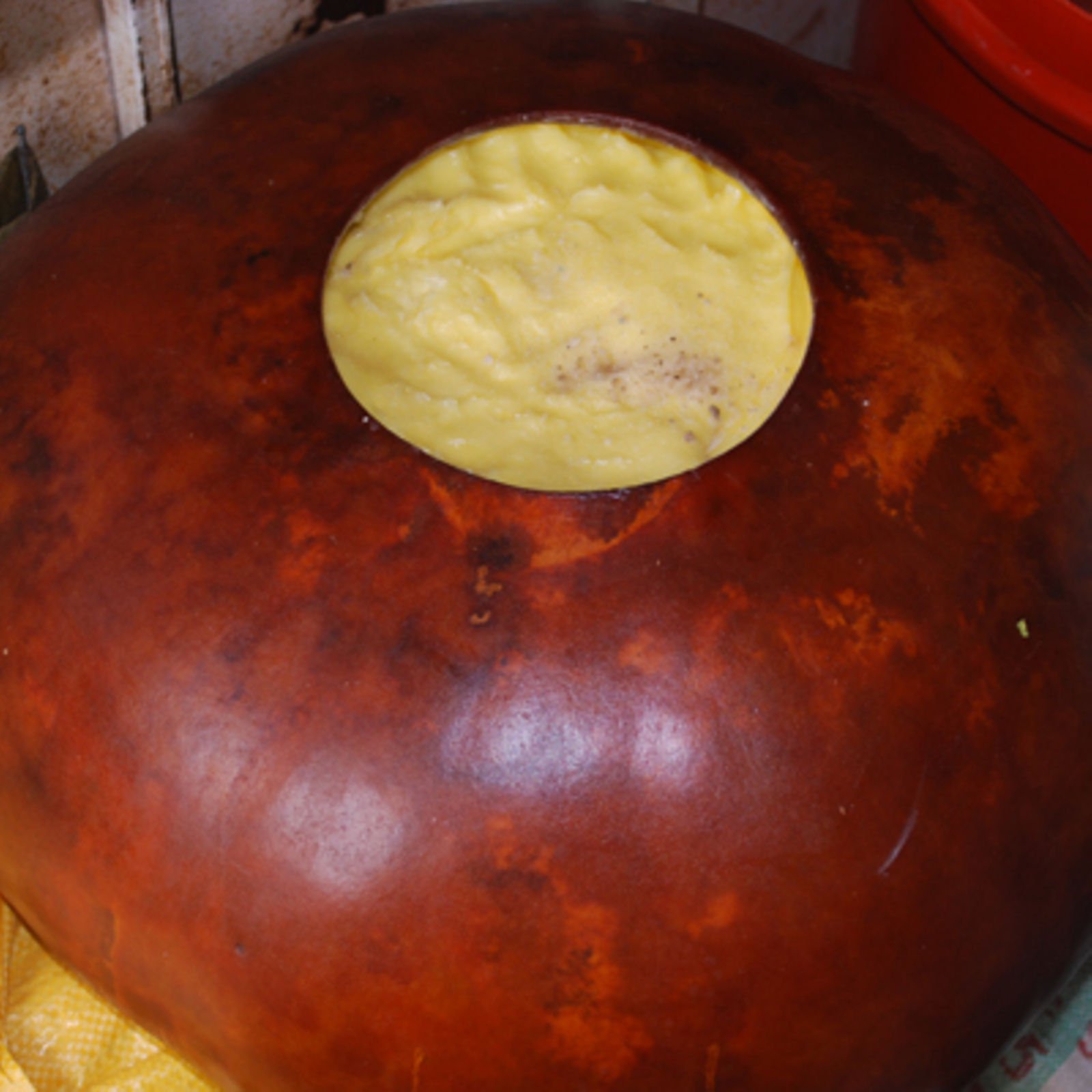
Exploring the Traditional Cuisine of the Banyakitara Tribes: A Culinary Journey
Nestled in the heart of Uganda, the Banyakitara tribes boast a rich tapestry of cultural heritage, with their cuisine serving as a vibrant reflection of their traditions, values, and way of life. Embark on a culinary journey with us as we explore the flavors, ingredients, and culinary customs that define Banyakitara cuisine.
1. A Melting Pot of Flavors:
Banyakitara cuisine is a delightful fusion of diverse influences, blending indigenous ingredients with culinary traditions borrowed from neighboring tribes and colonial legacies. From hearty stews to flavorful grains, each dish tells a story of cultural exchange and adaptation.
2. Staple Foods and Delicacies:
At the heart of Banyakitara cuisine are staple foods such as matoke (steamed green bananas), millet, cassava, and sweet potatoes, which form the foundation of many traditional meals. These ingredients are often complemented by a variety of meats, including beef, goat, chicken, and fish, sourced from the rich agricultural lands and abundant waterways of the region.
3. The Art of Cooking:
Cooking in Banyakitara households is a cherished tradition, with recipes passed down through generations and culinary techniques honed over time. Whether it’s the slow simmering of a savory stew or the precise pounding of ingredients in a traditional mortar and pestle, each step in the cooking process is imbued with care, attention, and a deep respect for the ingredients.
4. Festivals and Celebrations:
Food plays a central role in Banyakitara festivals and celebrations, bringing communities together to share in communal feasts and culinary delights. From weddings and birth ceremonies to harvest festivals and cultural gatherings, these occasions are marked by the abundance of food, the warmth of hospitality, and the joy of communal dining.
5. Preserving Culinary Heritage:
As modernization and globalization bring changes to Banyakitara society, there is a growing awareness of the importance of preserving culinary heritage. Efforts are underway to document traditional recipes, promote local ingredients, and revitalize age-old cooking techniques, ensuring that future generations can continue to savor the flavors of Banyakitara cuisine.
Conclusion:
Exploring the traditional cuisine of the Banyakitara tribes offers a tantalizing glimpse into the cultural richness and culinary diversity of Uganda. From the earthy flavors of indigenous grains to the aromatic spices of exotic dishes, Banyakitara cuisine is a testament to the resilience, creativity, and ingenuity of its people. So, let’s savor each bite, celebrate each flavor, and honor the culinary legacy of the Banyakitara tribes.

